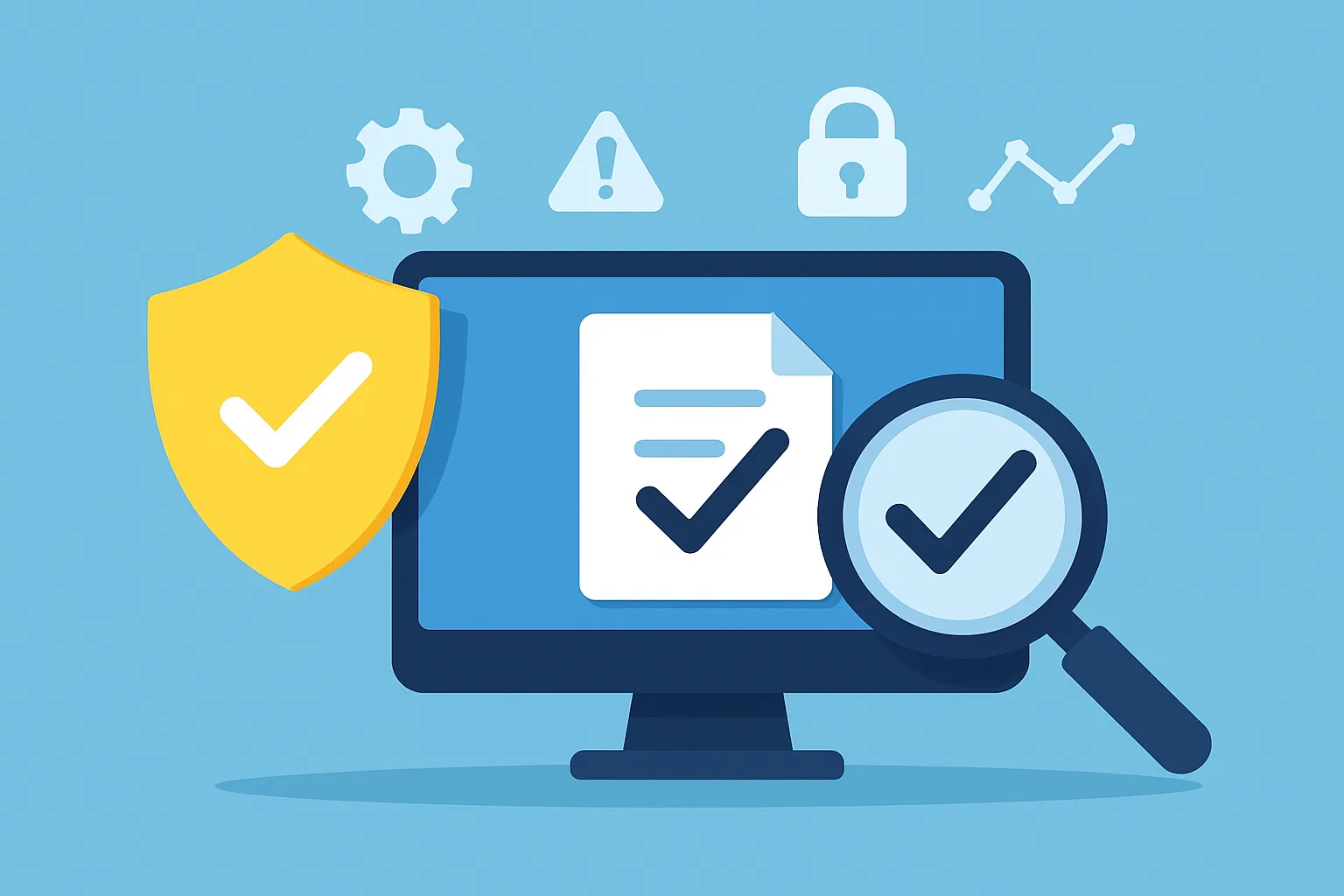In the ever-evolving landscape of cybersecurity, maintaining the integrity of critical system files and configurations is non-negotiable. One of the foundational practices that help ensure the integrity of these assets is File Integrity Monitoring (FIM). FIM is an essential security control used by organisations of all sizes to detect and respond to unauthorised changes to files and systems.
What Is File Integrity Monitoring (FIM)?
File Integrity Monitoring (FIM) is a security technology and process that continuously monitors and validates the integrity of operating systems and application software files. It works by comparing current versions of files to a known, trusted baseline. If any discrepancies are detected — whether due to malicious activity, human error, or system issues — alerts are triggered for investigation.
FIM is widely used in environments where data integrity is critical, such as in healthcare, finance, retail, and government. It helps organisations meet compliance requirements such as PCI DSS, HIPAA, SOX, and others.
How Does FIM Work?
The process of FIM generally involves the following steps:
- Baseline Establishment: A secure, cryptographic hash of each monitored file is generated and stored. This hash represents the “known good” version of the file.
- Continuous or Scheduled Scanning: The system regularly checks the monitored files and compares them to the stored hashes.
- Change Detection: If a file is altered, even slightly, the hash changes. This triggers a detection event.
- Alerting and Logging: When a change is detected, alerts are sent to system administrators, and detailed logs are created for auditing and forensic analysis.
- Investigation and Response: Security teams investigate the changes to determine whether they are legitimate (such as a software update) or unauthorised (such as a malware infection or insider threat).
Types of Files Monitored
FIM typically monitors a variety of critical file types, including:
- System files
- Configuration files
- Application executables
- Database files
- Scripts and batch files
- Log files
Benefits of File Integrity Monitoring
Implementing FIM brings several advantages:
1. Improved Security Posture
FIM can detect unauthorized or suspicious changes in real-time, helping prevent breaches before they escalate.
2. Compliance Support
Many regulatory frameworks require FIM as part of their security guidelines. Implementing FIM helps meet these requirements and avoid penalties.
3. Operational Awareness
By tracking legitimate changes made during software updates or configuration changes, FIM enhances visibility into your IT environment.
4. Incident Response
With detailed logging and historical change tracking, FIM provides valuable forensic data that can aid in investigating and resolving security incidents.
Common Use Cases
- Detecting Malware: Malware often modifies system files or injects malicious code into applications. FIM helps identify these unauthorized changes.
- Monitoring Insider Threats: Employees or administrators with elevated access can potentially alter files maliciously. FIM alerts on suspicious behavior from inside the organisation.
- Validating Configuration Changes: Ensuring configuration files remain consistent with security policies.
Challenges of FIM
While FIM is a powerful tool, it does come with challenges:
- False Positives: Not all file changes are malicious. Differentiating between legitimate and suspicious modifications requires context-aware configuration.
- Scalability: In large environments, monitoring thousands of files across multiple systems can be resource-intensive.
- Management Overhead: Regular updates to the baseline are needed to ensure accuracy, especially after software patches or system upgrades.
Best Practices for Implementing FIM
To make the most of FIM, consider the following best practices:
- Focus on Critical Files: Avoid unnecessary overhead by limiting monitoring to files that are vital to security and compliance.
- Integrate with SIEM Tools: Centralise alerts and logs for easier correlation and incident response.
- Automate Responses: Where possible, automate responses to certain types of changes to reduce response time.
- Regularly Review Baselines: Update baselines following planned system changes to maintain accuracy and avoid false alarms.
Conclusion
File Integrity Monitoring is a cornerstone of a robust cybersecurity strategy. By continuously watching over critical files and detecting unauthorised changes, FIM acts as a crucial early warning system. Whether for meeting compliance, enhancing visibility, or defending against cyber threats, implementing FIM provides a significant return on investment for any organisation serious about security.


